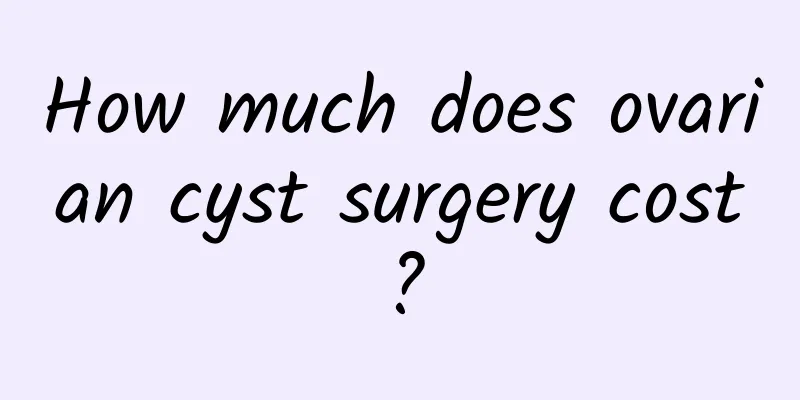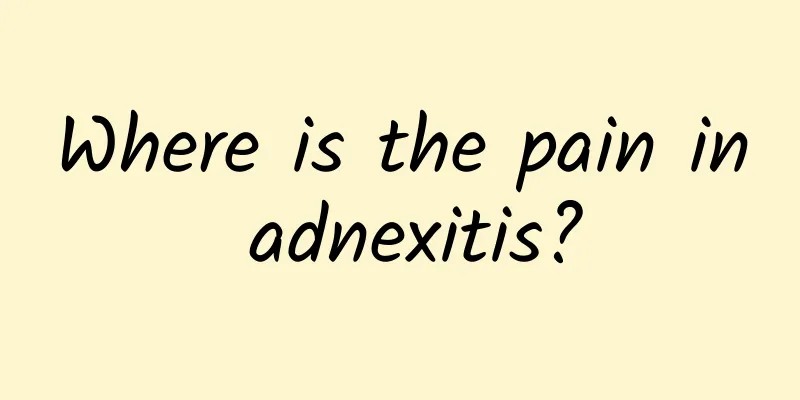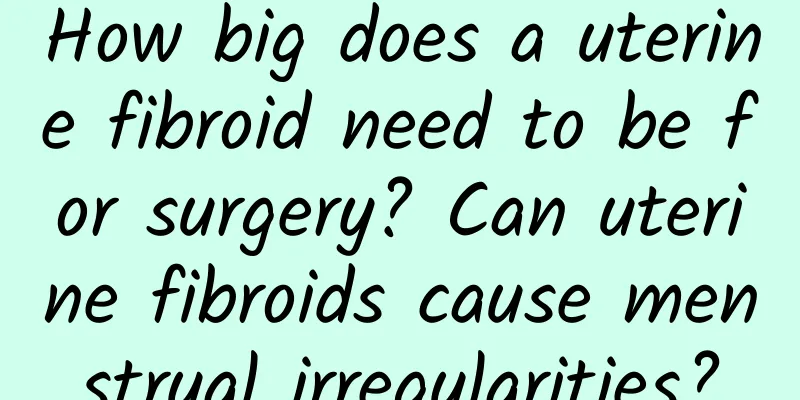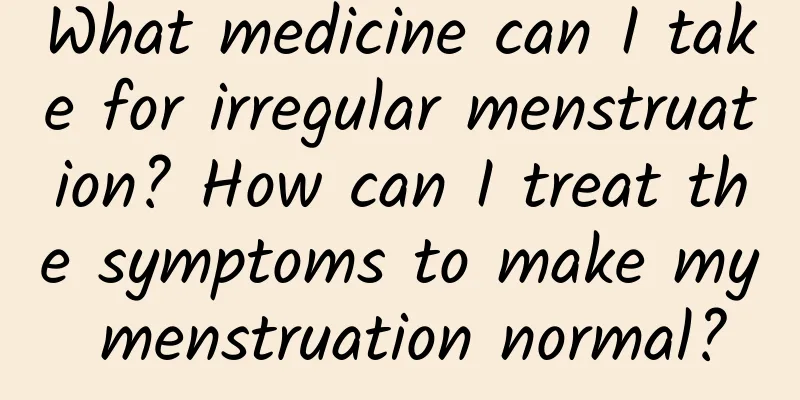Why do I still have uterine fibroids if my endometrium is thin? What should I do if my endometrium is thin and I still have uterine fibroids?
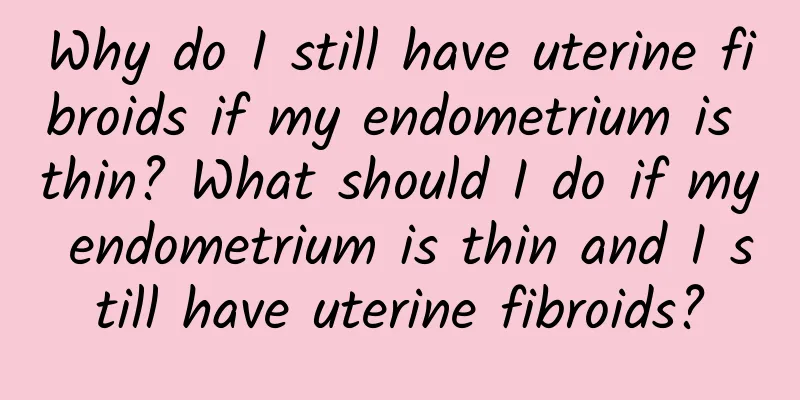
|
Why do I still have uterine fibroids when my endometrium is thin? What should I do if I still have uterine fibroids when my endometrium is thin? Uterine fibroids are a common benign tumor in women that can appear anywhere in the myometrium, including inside and outside the uterine cavity. Thin endometrium refers to a decrease in the thickness of the endometrium, which makes the endometrium weak, resulting in reduced menstrual flow or irregular bleeding. So, why does a thin endometrium appear while there are uterine fibroids? Is there a causal relationship between thin endometrium and uterine fibroids? First of all, thin endometrium and uterine fibroids are two relatively independent diseases. Thin endometrium is mainly caused by abnormal hormone secretion, endometrial inflammation, surgical treatment and other factors. Uterine fibroids are formed by abnormal proliferation of uterine smooth muscle cells and have no direct causal relationship with thin endometrium. However, there may be some connection between thin endometrium and uterine fibroids in the occurrence mechanism. Some studies have shown that women with thin endometrium have abnormal hormone secretion, and the imbalance of hormone levels may affect the occurrence of uterine fibroids. In addition, uterine fibroids are also affected by genetic factors and estrogen, so they may be related to the hormonal abnormalities of women with thin endometrium. Next, let’s discuss the treatments for thin endometrium and uterine fibroids. For thin endometrium, the treatment method is mainly aimed at regulating hormone levels. Doctors may recommend that patients take estrogen drugs to increase the thickness of the endometrium. In addition, for bleeding problems caused by thin endometrium, oral contraceptives or other drugs can be used to regulate the menstrual cycle. For uterine fibroids, the treatment method depends on the severity of the disease and the needs of the patient. For patients with no symptoms or mild symptoms, the doctor may choose observation and conservative treatment. For patients with obvious symptoms or severe symptoms that affect the quality of life, surgical treatment, including myomectomy or hysterectomy, may need to be considered. Finally, let's popularize some knowledge about thin endometrium and uterine fibroids. Thin endometrium refers to the reduction in the thickness of the endometrium. Common causes include abnormal hormone secretion and endometrial inflammation. It may cause problems such as irregular menstruation, decreased menstrual flow or irregular bleeding. Uterine fibroids are a common benign tumor in women, and their formation site can be anywhere in the myometrium. The occurrence of uterine fibroids is related to genetic factors, abnormal estrogen levels and other factors, and has no direct causal relationship with thin endometrium. The treatment method is determined according to the severity of the disease, including observation, drug treatment and surgical treatment. In short, thin endometrium and uterine fibroids are two different diseases. Although there may be a certain correlation, there is no direct cause-and-effect relationship. If you have symptoms of thin endometrium and uterine fibroids, it is recommended to seek medical attention in time and receive appropriate treatment according to the doctor's advice. At the same time, you also need to pay attention to lifestyle adjustments and maintain a good attitude to promote physical health. |
Recommend
Key factors causing irregular menstruation
In order to regulate irregular menstruation, it i...
Delicious mushrooms can lower cholesterol and help you lose weight and keep you in shape
As fall approaches, mushrooms will soon be availa...
What are the precautions before abortion?
Abortion is an unspeakable secret for women, and ...
angry! Winter metabolism is slow, 4 ways to detoxify and reduce belly fat
The climate is cold in winter, the human body'...
Recognize the characteristics of cervical cysts
Many female friends want to know the characterist...
Does hydatidiform mole affect life expectancy?
Doctors at the Obstetrics and Gynecology Hospital...
What are the symptoms of acute pelvic peritonitis?
Mentioning pelvic peritonitis, I believe that fem...
Analyzing the etiology of senile vaginitis from the perspective of traditional Chinese medicine
Chinese medicine has some unique insights into th...
Some nursing measures for adnexitis in daily life
Adnexitis is a gynecological disease with a high ...
What are the taboos for patients with cervical erosion? What should women do during the recovery period of cervical erosion?
Cervical erosion is a common gynecological diseas...
High-intensity exercise does not mean more calories are burned! Why do I gain weight instead of losing weight after working out?
A year or two ago, my friends and I would ride bi...
Eat saffron for ovarian dysfunction
In modern society, women are no longer a vulnerab...
Experts explain the symptoms of cervical erosion
Cervical erosion is a very common gynecological d...
The main factors that cause dysmenorrhea
I believe that many female friends should be fami...
Postpartum weight loss: 6 diet tips from Mark's mom
The blogger "Mark Mama", who has four c...


